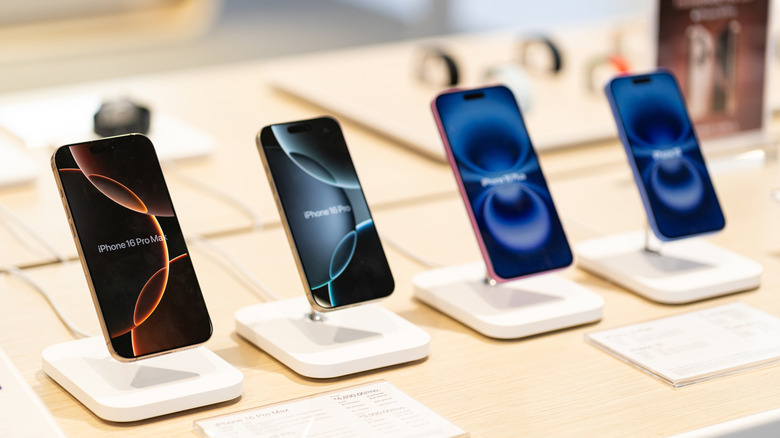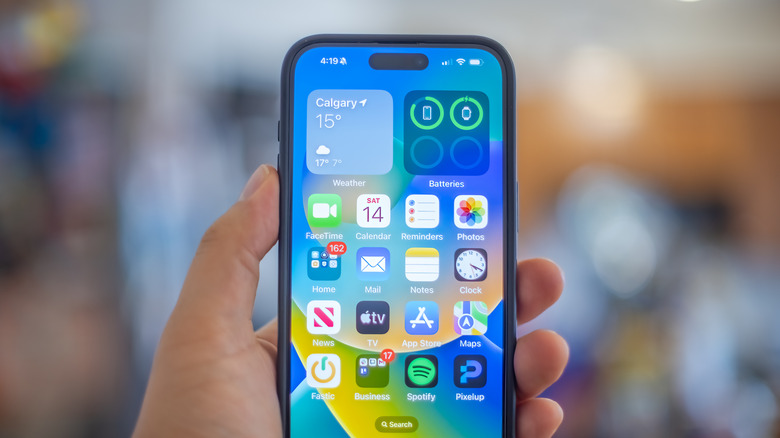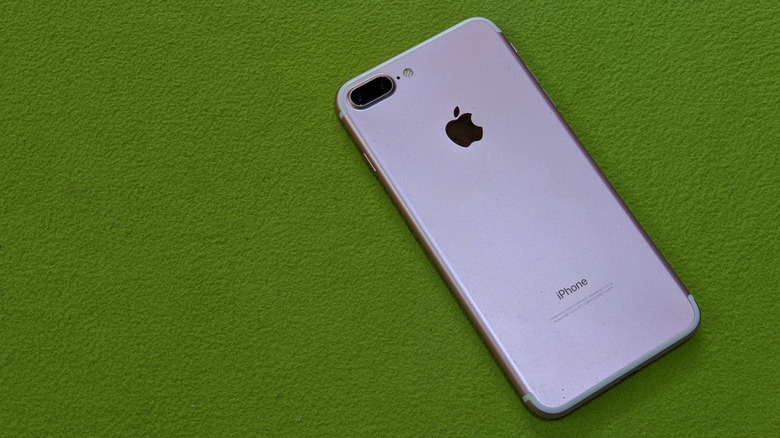These iPhone Models Are Officially Considered 'Vintage' By Apple
While you've likely seen videos of YouTube tech reviewers and influencers unboxing a shiny new iPhone every year days after Apple's annual fall event, the vast majority of people hold onto their phones for years. Many even refuse to upgrade until their current device either stops getting updates, physically falls apart, or gets damaged beyond use.
Given that Apple releases new iPhones every year in September (and even surprised us with the budget-friendly iPhone 16e in February), the unfortunate truth is these same devices fall out of the spotlight just as quickly as they entered it. Before you know it, they're no longer the device every other person had on their Christmas wish list. Apple, as over the top as the company is, chooses to go fancy even with how it classifies older products. Instead of simply letting the devices reach their end gracefully by quietly ending software updates once the time comes, like a few companies do, Apple adds devices to the company's 'Vintage' list.
Apple defines products that it stopped distributing for sale more than 5 and less than 7 years ago as vintage. At the time of writing, there are currently 14 models on the Vintage list, with the earliest launch dating back to 2011, and the most recent launch being in 2018.
What exactly is Apple's 'Vintage' list?
A product being added to the Vintage list isn't as big of a problem as it may sound and certainly doesn't mean your device will stop working or become unusable.
Instead, an Apple device becoming vintage mainly affects its eligibility for official service and support. Apple states that users can obtain service and parts from Apple service providers for at least 5 years from when Apple stopped distributing the product. You may still be able to get your devices serviced or obtain parts from Apple service providers for up to 7 years, but that depends on part availability and is solely at Apple's discretion. Since Apple stops selling some devices earlier than others, they may appear on the company's Vintage list earlier than anticipated.
Ultimately, while most vintage Apple devices don't receive software updates, there certainly are exceptions. Take the iPhone XS Max for example. It's already on the Vintage list but is still among the list of devices compatible with iOS 18.
What's actually more concerning is what comes after this label. The Vintage status is a precursor to the 'Obsolete' status, and in Apple terms, that refers to a device the company stopped distributing for sale more than 7 years ago. Once an Apple product becomes obsolete, the Cupertino-based giant discontinues all hardware services for it, and Apple's authorized service providers can't order parts for it either.
So, while you can continue to use vintage Apple devices for as long as you possibly can, just know that you're only a couple of years away from losing access to official repairs and parts.
Which iPhone models are currently on the 'Vintage' list?
In May 2025, as reported by MacRumors, Apple updated the list of products it considers vintage on its support website, and welcomed three new models to the club — the iPhone 7 Plus, the iPhone 8 with 64GB, and the iPhone 8 with 256GB.
At the time of writing, this is the current list of iPhones Apple classifies as vintage:
-
iPhone 4 (8GB)
-
iPhone 5
-
iPhone 6s (16GB, 64GB, 128GB)
-
iPhone 6s Plus
-
iPhone SE
-
iPhone 7 Plus
-
iPhone 8 (64GB, 256GB)
-
iPhone 8 (PRODUCT)RED™
-
iPhone 8 Plus (PRODUCT)RED™
-
iPhone X
-
iPhone XS Max
The Obsolete list currently includes 22 models, with the first entry being the original iPhone that Apple announced in 2007, and the most recent device being the iPhone 6s Plus with 32GB.


